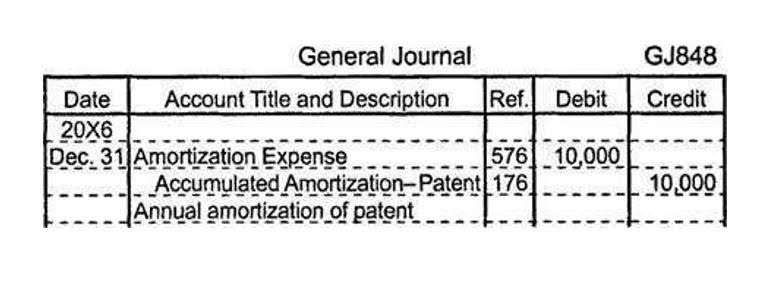
The maturity date of a note receivable is the date on which the final payment is due. Furthermore, by transferring the note to Accounts Receivable, the remaining balance in the notes receivable general ledger contains only the amounts of notes that have not yet matured. When the payment on a note is received, Cash is debited, Note Receivables is credited, and Interest Revenue is credited. In any event, the Notes Receivable account is at the face, or principal, of the note.
What is trade receivable financing?

The time factor is the fraction of the year the note is outstanding. Notes receivable differ from accounts receivable in that they are supported by a formal written contract, which includes a principal recording transactions amount, an interest rate, and a specified maturity date. Accounts receivable, on the other hand, are informal and do not typically include interest or a formal maturity date. Notes receivable earn interest over time, providing interest revenue, whereas accounts receivable do not. So now we’ve got $2000, 8%, but notice this time it’s in months, not days, and not years. So we’re still going to multiply the principal, $2000 times the interest rate 8% which is 0.08, but now we’re going to multiply by the time factor.

What funds are considered accounts receivable?
Accurate information is critical for risk assessment and decision-making. You can also use advanced analytics to monitor trends in your payment data, which will help inform your business strategy. The software integrates seamlessly with your CRM to track all your quotes, sales orders, and invoices on a single platform.
What Is Receivables Finance and How Does It Work?
- As a result, the carrying amount at the end of each period is always equal to the present value of the note’s remaining cash flows discounted at the 12% market rate.
- If a customer is very late in paying, you don’t need to jump straight to writing the money off.
- Explore the essentials of receivables finance, its mechanisms, eligibility, and structures like factoring and securitization.
- Before realization of the maturity date, the note isaccumulating interest revenue for the lender.Interest is a monetary incentive to the lenderthat justifies loan risk.
Notes receivable refers to a written, unconditional promise made by an individual or business to pay a definite amount at a definite date or on demand. At the end of the three months, the note, with interest, is completely paid off. Possibility 2 – The company realizes the customer will NEVER be able to pay and writes him off. Situation 3 – The customer dishonors the note and does not pay on the due date. The Notice of Assignment informs debtors that their payment obligations have been transferred to the financier.

Notes Receivable due in more than one year are listed in the Long-term Asset section of the Balance Sheet. Where I/Y is interest of .75% each month (9%/12 months) for six months. Notes receivable are initially recognized at the fair value on the date that the note is legally executed (usually HVAC Bookkeeping upon signing).
Since cash isn’t changing hands until later, we record the amount in the Interest Receivable account to keep track of what will be due. The amount loaned to the employee invariably will be higher than the what are notes receivable present value using the market rate because the loan is intended as a reward or incentive. This difference would be deemed as additional compensation and recorded as Compensation expense. The implied interest rate is calculated to be 5% and the note’s interest component (rounded) is $2,165 (), which is the difference between the cash lent and the higher amount of cash repaid at maturity.
- It may also include employee cash advances, loan agreements, sales agreements, etc.
- This structure is used by larger companies with substantial receivables portfolios.
- If the note life was months, we would divide by 12 months for a year.
- First, BWW agrees toaccept a note payable issued by Waterways.
- These fees vary based on the receivables’ risk profile and financing duration.
- Company B supplies the goods to company A and sends an invoice for that amount to be paid within 30 days.
- First, we have to credit notes receivable to get the note off of our book, right?
- So like I said, notes receivable have two distinct features that accounts receivable don’t.
- After a year, ABC Co. must record the receipt when the customer repays the loan.
- The principal is that amount that’s loaned or borrowed, and the interest well, that’s the cost of borrowing the principal, right?
- Notes receivable are formal promissory notes in which a debtor acknowledges a debt to a creditor and commits to repay the debt at a predetermined future date.
The guarantee provision makes the note receivable easier to collect than a standard account receivable. When a note receivable originates from an overdue receivable, the payment tends to be relatively short – typically less than one year. It is common knowledge that money deposited in a savings account will earn interest, or money borrowed from a bank will accrue interest payable to the bank.
